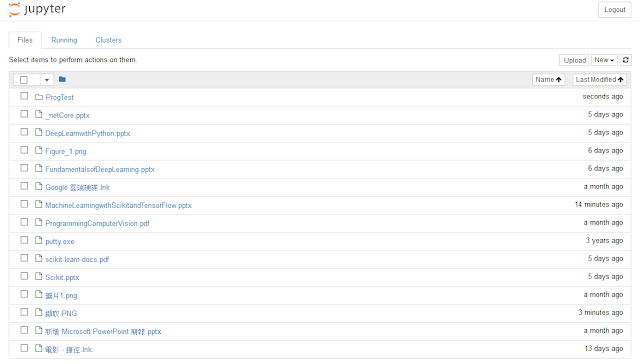Rust(6) - Structure
1. 宣告 Structure:
Structure 可以有意義地集合資料,跟 tuple 或 array 比起來有較高的可讀性。
fn main() {
let rect = Rectangle {
x: 0.0,
y: 0.0,
w: 1.0,
h: 3.0,
};
println!("x: {}, y: {}, w: {}, h: {}",
rect.x, rect.y, rect.w, rect.h);
}
struct Rectangle {
x: f32,
y: f32,
w: f32,
h: f32,
}
用 tuple 也可以達成類似的功能並收集不同型別的資料,但不具可讀性。
let rect: (f32, f32, f32, f32) = (0.0, 0.0, 1.0, 3.0);
2. 幫 Structure 添加 function:
透過 impl 我們可以幫 Structure 添加專屬方法,&self 是一個自引用代表物件本身。
fn main() {
let rect = Rectangle {
x: 0.0,
y: 0.0,
w: 1.0,
h: 3.0,
};
println!("Area: {}", rect.area());
rect.center();
}
#[derive(Debug)]
struct Rectangle {
x: f32,
y: f32,
w: f32,
h: f32,
}
impl Rectangle {
fn area(&self) -> f32 {
self.w * self.h
}
fn center(&self) {
println!("Center is {}, {}", self.x, self.y);
}
}
impl 中的方法可以分開,舉個例子。
impl Rectangle {
fn area(&self) -> f32 {
self.w * self.h
}
}
impl Rectangle {
fn center(&self) {
println!("Center is {}, {}", self.x, self.y);
}
}
Structure in Go:
附上 Go 的 struct,感覺 Go 跟 Rust 是兩兄弟寫法幾乎一樣XD
package main
import "fmt"
func main() {
rect := Rectangle{
0,
0,
1,
3,
}
fmt.Printf("Area: %.3f\n", rect.Area())
fmt.Printf("Center is %.3f, %.3f\n", rect.x, rect.y)
}
type Rectangle struct {
x float32
y float32
w float32
h float32
}
func (rect *Rectangle) Area() float32 {
return rect.w * rect.h
}
func (rect *Rectangle) Center() (float32, float32) {
return rect.x, rect.y
}

留言
張貼留言